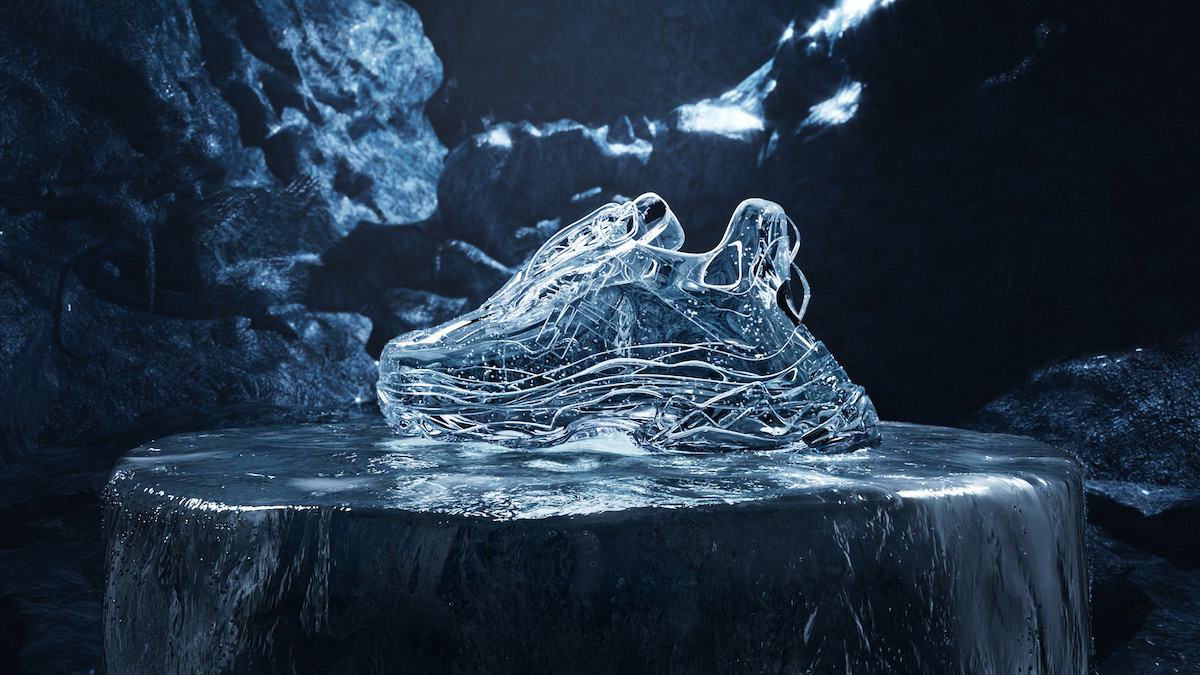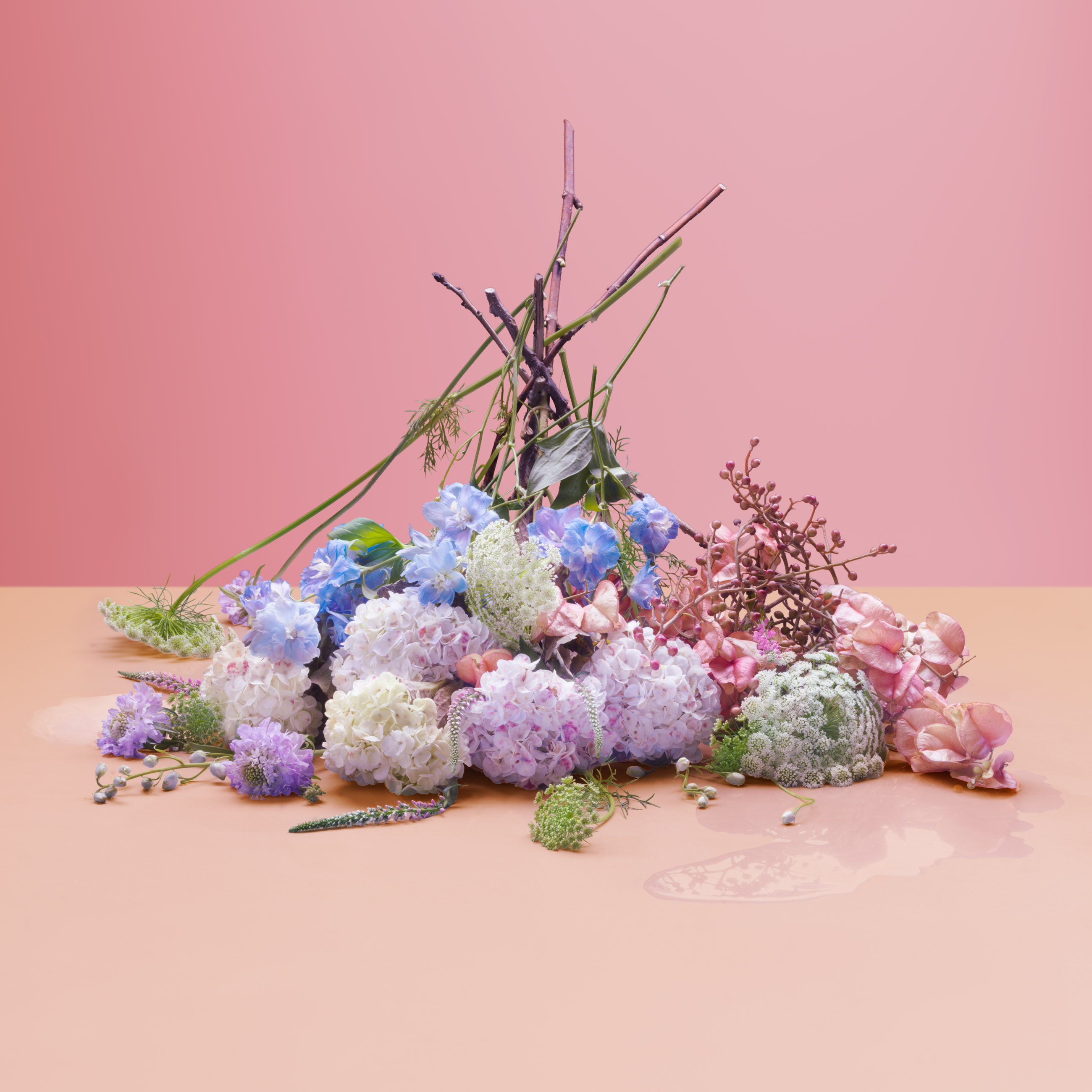Capturing Chaos and Order: A Conversation with Julian Wolkenstein on Maximalist Visuals and joining The Pool Collective

Q&A with Julian Wolkenstein by Adam Rivett for Campaign Brief.
Julian Wolkenstein’s work is bold, vivid, and hard to describe. A playful and experimental creative personality, his work across film, photography and AR/VR tests the boundaries of the orthodox, the routine and the familiar. His work can be experienced at international art galleries and sporting stadiums alike — in campaigns for Allianz, the BBC, British Airways and Sony. He’s also the newest member of The Pool Collective.
Adam Rivett: You started in photography, so describe what that early work was like. The medium’s obviously very flexible, but you’ve moved in so many directions since then — did it feel like you were always searching for a more specific aesthetic from the start, or has it felt like a narrowed, focused pursuit instead, where impediments and distractions are removed?
Julian Wolkenstein: I was always going to approach things differently, so starting out in the early period of the ‘digital age’ certainly was a driving force. I love how images immerse you in their world — getting lost as you wander around, making meaning and feeling. It happens with good books, films, plays, games. Even conversations between people. I’m drawn to maximalist visuals: busy, layered, confusing, coherent — all of it. They reflect the overstimulating chaos and distractedness of the internet age.
AR: How does something like the “Big Hits” campaign for the Allianz Wonderwall come about?
JW: This was a “go make something” project — my favourite kind of project. The client had the format and keywords to work around, but I was tasked with visualising it and bringing it to life. I then embarked upon exploring different visual techniques that suited the narrative. Projects like these can be like making a Houdini Reel. So, as I got started, I was conscious of not just using a technique for technique’s sake; there had to be there for a narrative reason. But yes… it’s still a Houdini Reel!
Along the way, there are various stakeholder inputs to consider and work with, impacting the final work. But I’m used to working collaboratively to get the best results. It’s a meditative process for me — I’m entirely in the moment with the thing I’m working on. There are dramatic highs and lows when it comes to working and not working, which keeps it interesting and fun for me. Plus, I’m prepared to say it’s not quite right yet and fix it. It’s all iterative. There’s not much point in doing a project like this unless I’m happy with it.

AR: Tell me more about Touch Liminal. In your words, it’s a “web-based Augmented Reality weblink, dimensions variable, location variable”. It was free to anyone with an enabled device. The images and description of the work on your site can describe it better than anyone else, but what I’m most curious about is the work’s implementation — was it located and accessible to people predominantly in gallery spaces, or was it meant to be “useable” in domestic locations too? Do you see that kind of AR/VR as necessarily bound to particular art spaces or moving into permanent everyday spaces, too?
JW: It was purposely made for an exhibition around the theme of Touch. Web AR isn’t locked into downloading an App — thus, it’s more usable. Way less friction to start! Still, it only exists if you turn it on. It’s also slippery in terms of its geolocating, which is way more interesting in an art sense as I’m attracted to the concept of “failure” as an art form. Obviously, it’s not appropriate if we’re discussing it in a commercial sense! But yes, the AR could work anywhere. But without the context of the theme, the work would make less sense. AR already is and will become even more prominent as the tech matures. It’ll grow in two ways — functional, where its purpose is self-evident and more relevant for art and entertainment, where, like most things, it’s more interesting in the context of an idea.
AR: Given your extensive work with a wide range of clients and benefactors, I’m curious what the exchange of ideas is like. Your advertising work is often replete with quite surreal or even comically grotesque imagery — what kind of permission do you have to cut loose, and how open to some of your wilder notions are agencies?
JW: I love the mental overload and stimulus of building on an initial brief. I start from a very expansive viewpoint and then narrow that down. It’s not a particularly linear workflow. There’s always an interdependence in creative endeavours, so I work well collaboratively. My favourite thing is to have exploratory conversations with creatives to build on a concept. These open chats can go anywhere, and there is space for wrong thinking. That one sentence, which might be a terrible idea, could trigger something in someone else that brings a new perspective. Often, this is not the case as the briefs are signed off, but you know it’s fun when it happens.
Direct all commission enquiries to Courtney Lewis: courtney@thepoolcollective.com
View Julian Wolkenstein’s portfolio, click here: https://thepoolcollective.com/artists/julian-wolkenstein
To view the full interview, click here: https://2or3things.thepoolcollective.com/a-conversation-with-julian-wolkenstein

